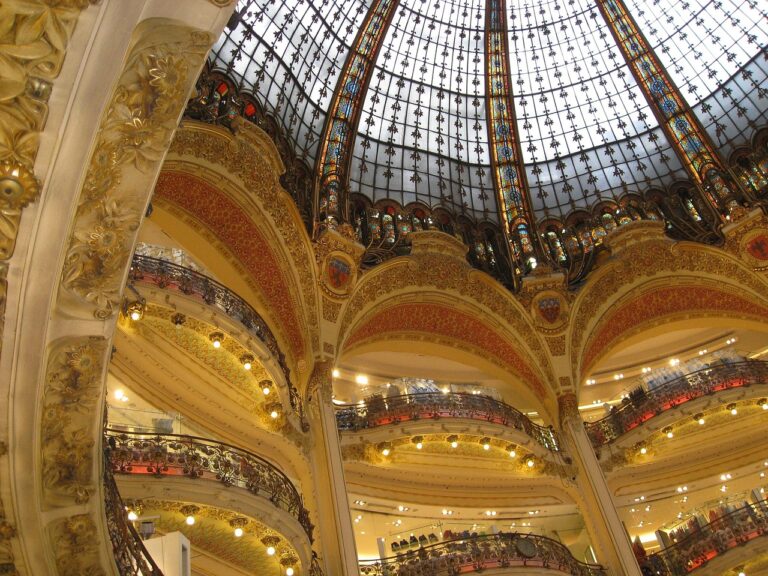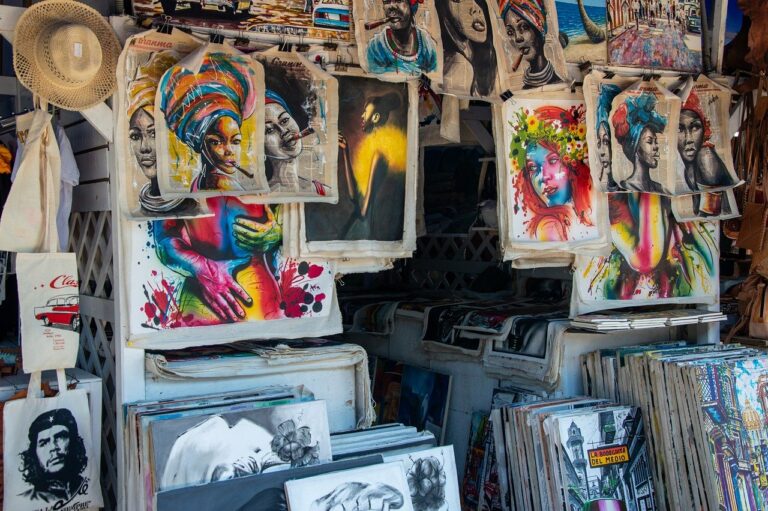The Evolution of Retail Design: From Traditional Stores to Pop-Up Experiences
Brick-and-mortar retail has undergone significant changes over the years. Traditional storefronts were once the primary way for consumers to access goods and services. However, with the advent of technology and changing consumer preferences, the landscape of brick-and-mortar retail has evolved. The emphasis has shifted from merely offering products to creating immersive experiences that engage customers on multiple levels.
As competition and consumer demands continue to push retailers to innovate, we have seen a transformation in the way physical stores are designed and operated. The concept of experiential retail has gained momentum, with many companies focusing on creating memorable and interactive environments for their customers. This shift has led to the integration of technology, such as augmented reality and interactive displays, to enhance the in-store experience and attract tech-savvy shoppers.
The Rise of E-commerce and Online Shopping
Over the past decade, e-commerce and online shopping have seen exponential growth, revolutionizing the retail landscape. The convenience of shopping from the comfort of one’s own home has enticed consumers to browse and purchase a wide range of products with just a few clicks. This shift in consumer behavior has forced brick-and-mortar retailers to adapt their strategies to compete in this digital era.
The rise of e-commerce has not only changed how consumers shop but has also influenced retail design and storefront aesthetics. Online retailers have honed their websites to provide users with a streamlined shopping experience, prompting traditional stores to reconsider their layouts and design concepts. The focus has shifted towards creating immersive, experiential environments that offer customers a unique and engaging shopping experience both online and in-store.
Impact of Technology on Retail Design
Technological advancements have significantly transformed the landscape of retail design in recent years. With the rise of augmented reality and virtual reality technologies, retailers can now offer immersive shopping experiences to their customers. This allows for a more interactive and engaging environment, blurring the lines between physical and digital shopping.
Moreover, the integration of beacon technology has revolutionized how retailers interact with shoppers within their stores. By sending personalized notifications and offers to customers’ smartphones based on their location and shopping habits, retailers can enhance the overall shopping experience and drive sales. This level of personalized engagement was previously unimaginable in traditional brick-and-mortar stores, showcasing the powerful impact of technology on modern retail design.
• Augmented reality and virtual reality technologies have transformed retail design
• Immersive shopping experiences blur the lines between physical and digital shopping
• Beacon technology revolutionizes how retailers interact with shoppers in stores
• Personalized notifications and offers enhance the overall shopping experience
• Technology has a powerful impact on modern retail design, creating personalized engagement opportunities
How has technology influenced the evolution of brick-and-mortar retail?
Technology has played a significant role in enhancing the customer experience in physical stores through the use of interactive displays, digital signage, and mobile payment options.
What impact has e-commerce and online shopping had on traditional retail design?
The rise of e-commerce has forced brick-and-mortar retailers to reevaluate their store layouts and design to better compete with online retailers. This has led to the integration of technology such as augmented reality and virtual reality to create immersive shopping experiences.
How has technology changed the way retailers design their stores?
Technology has allowed retailers to better understand consumer behavior through the use of data analytics and personalized marketing strategies. This has resulted in more tailored store layouts and product displays to meet the changing needs of customers.
What are some examples of technology-driven features in modern retail design?
Some examples of technology-driven features in modern retail design include interactive fitting rooms, smart mirrors, self-checkout kiosks, and beacon technology for personalized messaging to customers.
How can retailers leverage technology to enhance the overall shopping experience for customers?
Retailers can leverage technology by implementing features such as mobile apps for seamless shopping, RFID tags for inventory management, and artificial intelligence for personalized recommendations to create a more convenient and engaging shopping experience for customers.







